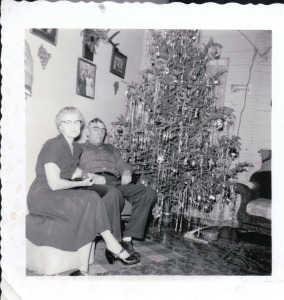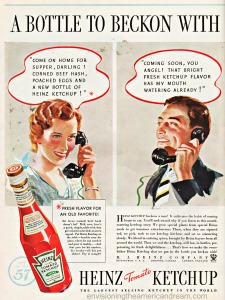 Ketchup. Ketchup on burgers. Ketchup on fries. Ketchup on meatloaf. Ketchup on hot dogs (sorry Chicago). 94% of American households use ketchup.
Ketchup. Ketchup on burgers. Ketchup on fries. Ketchup on meatloaf. Ketchup on hot dogs (sorry Chicago). 94% of American households use ketchup.
So, it is no surprise that I find a need to write about this critical condiment. Varying in points over the duration of the war, in early 1944 a 14 oz. bottle of ketchup was costing 28 points. Is that a lot? Yep. Consider that the allowed ration points for the month is 48 points per person. Even if you toss in the fact that a bottle might last you more than a month and even if you toss in the fact that a family of two has 96 points for the month to spend, ketchup was still one of those things that was considered frivolous. The equivalent of 28 points was 6 cans of beets or 2 cans of corn.
I couldn’t see using up all those points on ketchup. Especially considering that the “economical” bottle of ketchup I could purchase is 64 oz. (really Sam’s Club?), or a more fathomable amount of 28 oz. in the handy upside-down bottle, would cost me 128 points or 56 points respectively, I knew there was a better way.
Ketchup recipes are not difficult to find. Earliest recordings of ketchup (then called catsup) go back to the year 1690 when it was brought to Europe from China or Malaysia, depending on who you ask. One of the earliest recipes published in England in 1727 called for anchovies, shallots, vinegar, white wine, cloves, ginger, mace, nutmeg, pepper and lemon peel. It wasn’t until almost a century later that tomatoes found their way into the sauce, in a recipe in an American cookbook published in 1801. Source
The H. J. Heinz Company, a name that’s synonymous with ketchup for most people today, produced a tomato-based ketchup in 1876. They originally referred to their product as catsup, but switched to ketchup in the 1880’s to stand out. Source
The earlier recipes with cloves, mace, nutmeg and other spices are recognized today by the most notable food preservationists: The Amish. Pick up an Amish cookbook and you’ll find the best variety of catsup you’ll ever need. Similar with a great story behind it is also Jim Ledvinka’s reminiscent blog post from npr.org’s All Things Considered.
I prefer the good ol’ Heinz variety and I needed a recipe close to it. I found one online thanks to Todd Wilbur. It’s good. It’s very, very good. The problem though is, Tomato Paste.
Yes, tomato paste can be a problem. At the same time in 1944, tomato paste costs 13 ration points for a tiny little 6 oz. can. Okay, so it’s not a huge problem, like global warming or economic recession, but 13 points is still a lot of points. I am making a mental note to figure out how to make my own tomato paste later in the year when tomatoes are taking over the kitchen.
You’ll notice in my recipe that I took the 1 T sugar out. Seriously – it didn’t need it. There’s 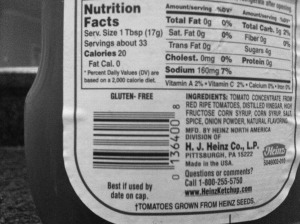 no added sugar in the tomato paste and really the only sweetness comes from corn syrup. I also compared the recipe to Heinz’s ingredients on their label: Tomato concentrate from red ripe tomatoes, distilled vinegar, high fructose corn syrup, corn syrup, salt, spice, onion powder, and natural flavoring.
no added sugar in the tomato paste and really the only sweetness comes from corn syrup. I also compared the recipe to Heinz’s ingredients on their label: Tomato concentrate from red ripe tomatoes, distilled vinegar, high fructose corn syrup, corn syrup, salt, spice, onion powder, and natural flavoring.
High fructose corn syrup and corn syrup? Both? “Natural” flavoring? Like what? Well, we’ll never know.
For all these reasons, I highly prefer my recipe:
6 oz. tomato paste
1/2 C corn syrup (I use a lot less…experiment to your liking)
1/2 C white vinegar
1/4 C water
1 T sugar (I omit this ingredient)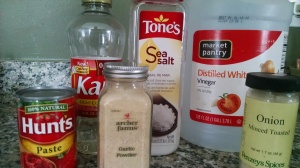
1 tsp. salt
1/4 tsp. onion powder
1/4 tsp. garlic powder
Combine over medium heat. Whisk. After boiling, simmer 20 minutes, stirring often.
I store mine in glass jars for several weeks until it’s used up.
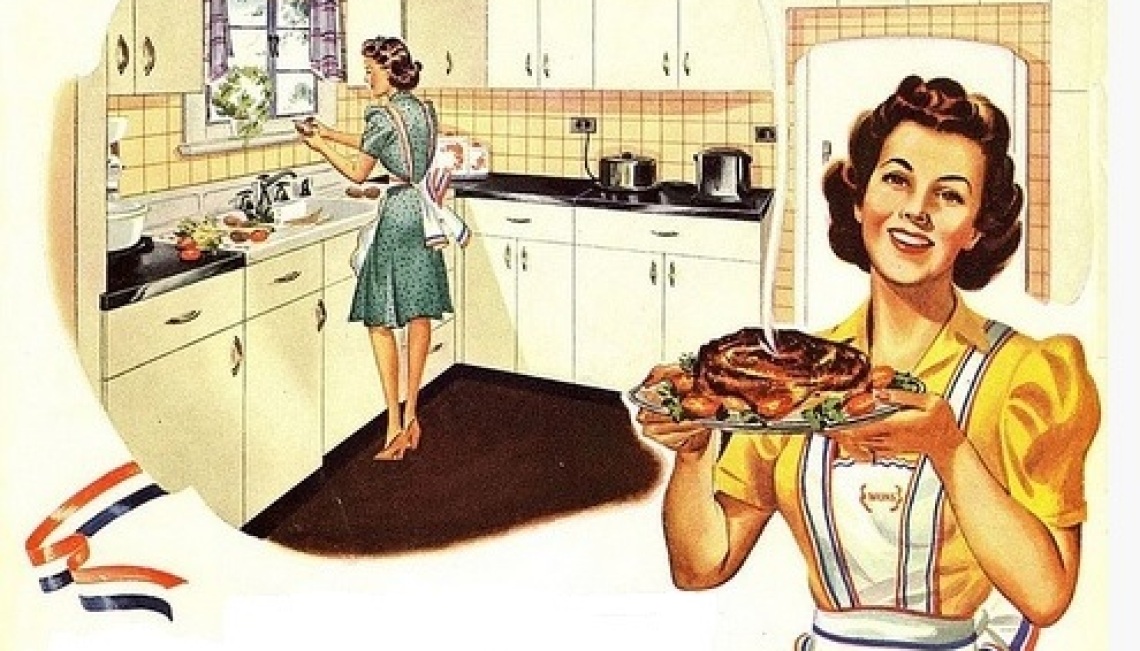
![IMG_20150215_162036063[1]](https://www.thewarinmykitchen.com/wp-content/uploads/2015/02/IMG_20150215_1620360631-300x168.jpg)
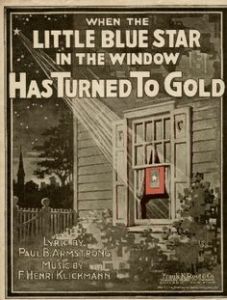
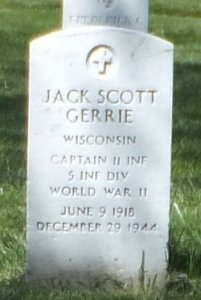

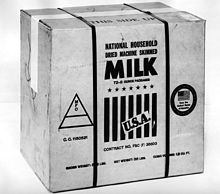
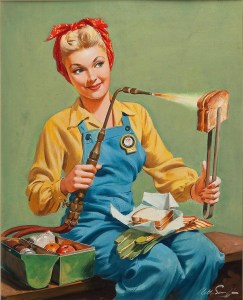
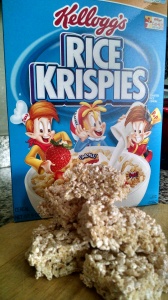

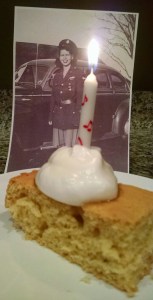
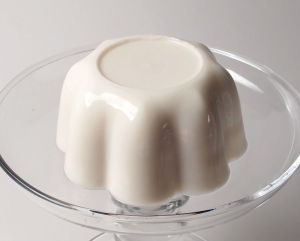
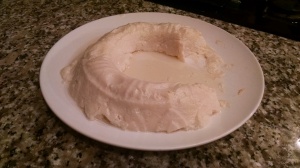
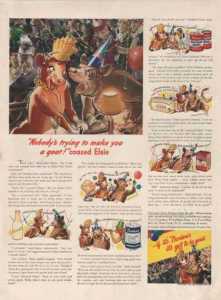
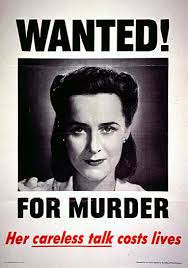 “propaganda” is thrown around a lot when it comes to the government ads asking for commitment and loyalty to the war effort. To the fact that the government was even taking out ads to sell war bonds and inform through pictures the need to not gossip, not participate in the black market for food – it seems a little bizarre today.
“propaganda” is thrown around a lot when it comes to the government ads asking for commitment and loyalty to the war effort. To the fact that the government was even taking out ads to sell war bonds and inform through pictures the need to not gossip, not participate in the black market for food – it seems a little bizarre today.
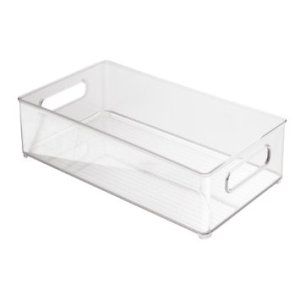
![IMG_20141229_193910603[1]](https://www.thewarinmykitchen.com/wp-content/uploads/2014/12/IMG_20141229_1939106031-300x168.jpg) even better.
even better.